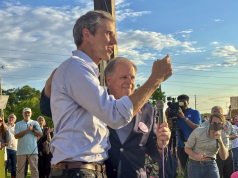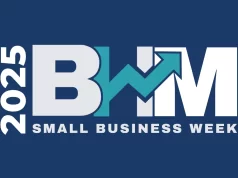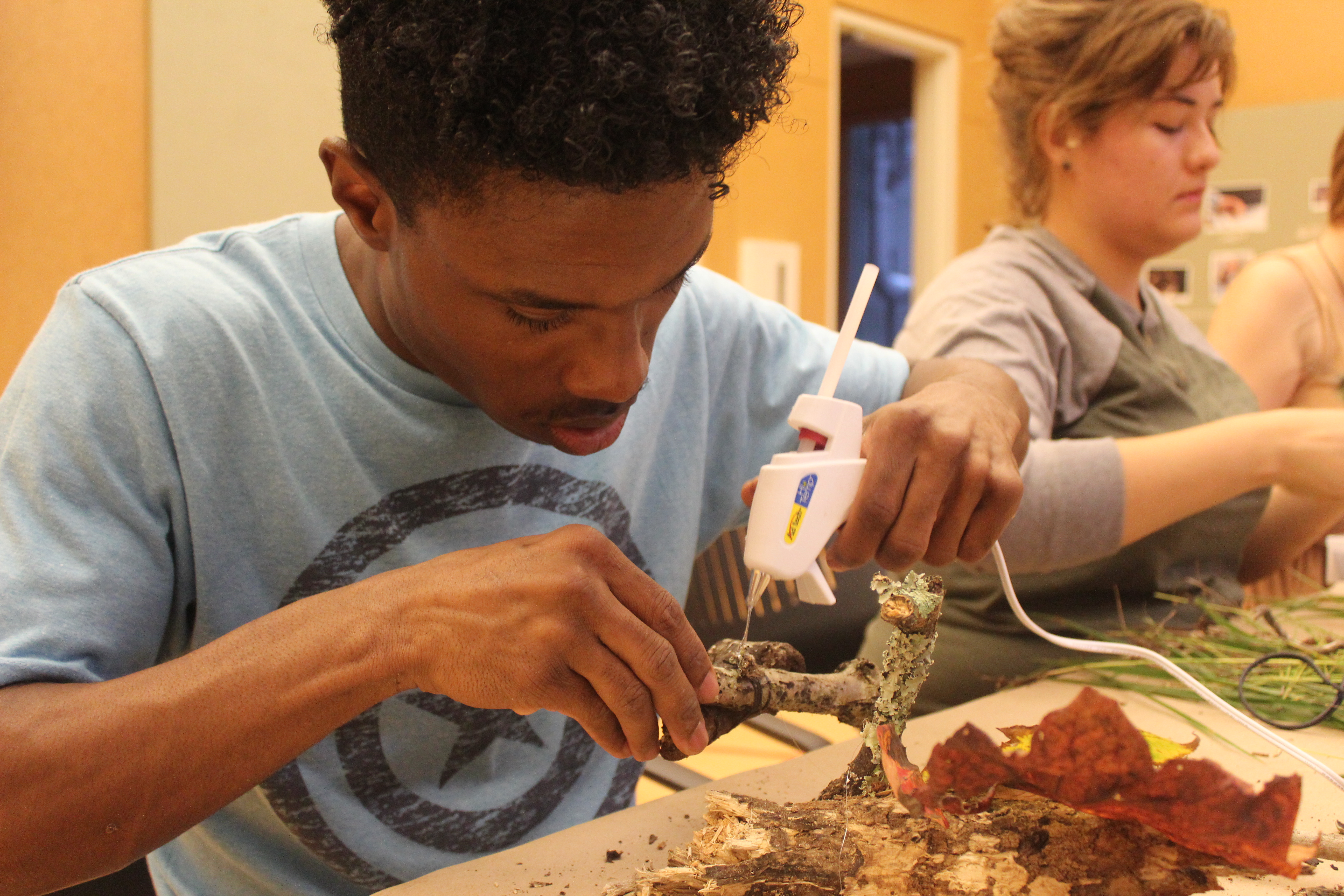
By Ariel Worthy
The Birmingham Times

Stacey Holloway arrived at Ruffner Mountain on a recent Tuesday with her class of seven, and the group hit the trail. They weren’t hiking, though. They were looking for materials to turn into art.
Holloway, a University of Alabama at Birmingham (UAB) art professor and local artist, recently brought students from her 300-level Source Material class to Ruffner for one of the many challenges she gives them throughout the course. This week, there would be no painting, no drawing, just a class project that required materials found on Ruffner Mountain’s trails and a glue gun.
Students fanned throughout trails, collecting sticks, leaves, walnut and acorn shells, pine straw, pine cones, tree bark, and moss, and returned to the Ruffner Mountain Nature Center, where they worked on their art.
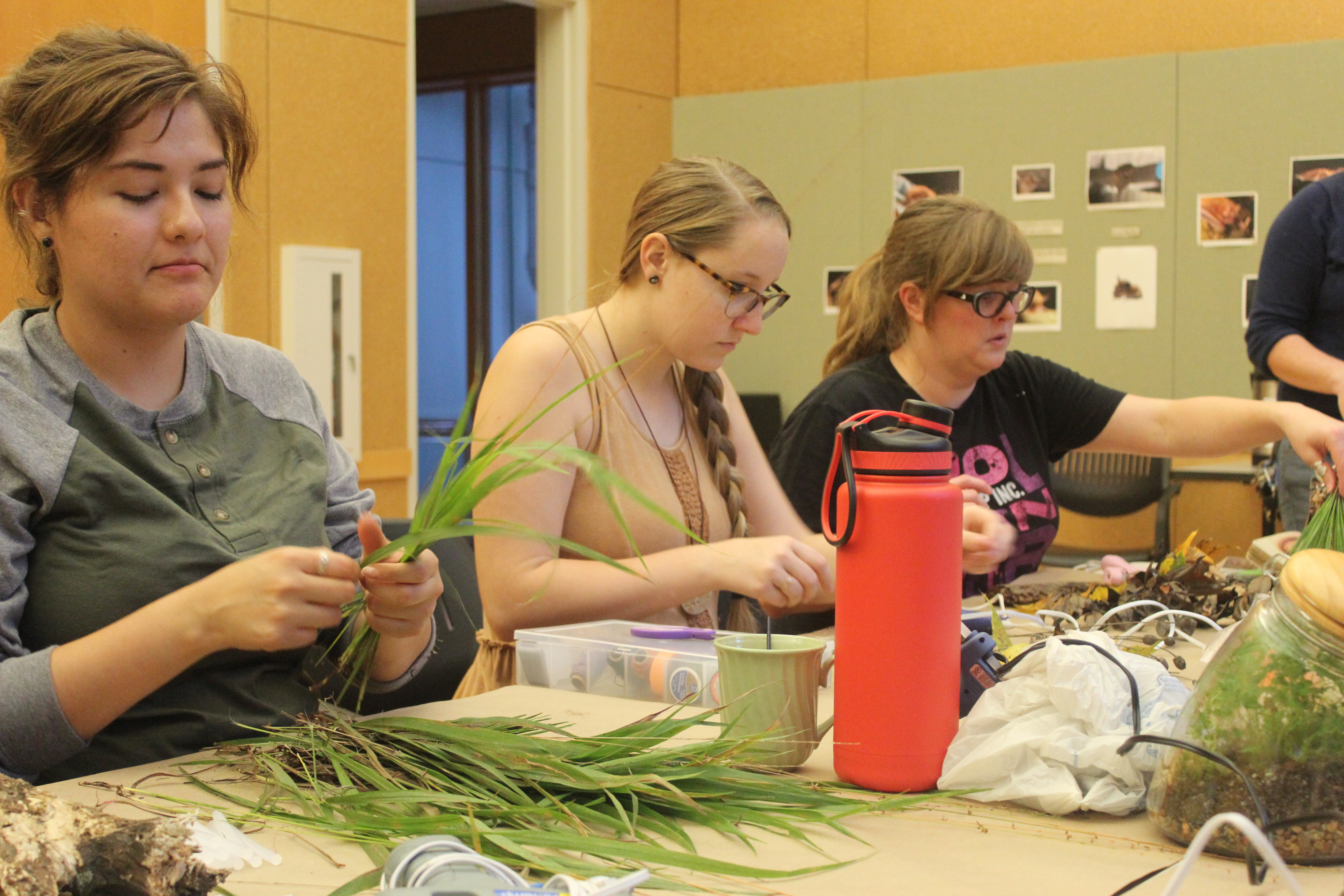
On Oct. 21, the Ruffner Mountain Nature Coalition will celebrate its 40th anniversary. The group was founded in 1977 when a small group of dedicated individuals decided to save a mountain threatened by deforestation and development. Saturday’s celebration will include guided nature and history hikes, activities for all ages, and a cookout.
Ruffner has grown from a few acres to more than 1,000, making it one of the largest privately held, urban nature preserves in the U.S. And over the past four decades, the mountain has become a gathering place for many in the Birmingham area. It also has served as a classroom for teachers like Holloway.
“We’ve worked with Ruffner in my contemporary woodworking class,” she said. “We collected materials found on the side of the road in suburbs, and the students had to research the homes and create their own colony or habitat, which they were able to install in the [Ruffner Mountain] habitat garden. Their work was on exhibit for a year.”
The UAB Source Material class is built around the idea of doing installation with nontraditional objects.
“I think it’s important that the students know that they don’t have to have a big budget to make art,” Holloway said. “There’s a lot in nature that they can work with. You don’t have to spend tons of money. That’s what this Source Material class is about: can you make art out of things that aren’t necessarily traditional?”
Camille Goulet, an art major from Montgomery, said, “It’s fun and challenging as an artist to see what you can do when you have these requirements. I think nature is so beautiful in itself. It’s the earth creating something. And art is the creation of something completely unique, so they’re kind of one in the same.”
“I think green space like this is incredibly important,” she added. “This is originally a mining area, so it takes us back to Birmingham’s history.”
The mountain still has remnants of old technology used in the mines. It was mined for iron ore from the late 19th century through the 1950s, and many vestiges of Birmingham’s industrial past can be seen on the 14 miles of trails that branch throughout the mountain.
Jennifer Lemons, another student making her first trip to Ruffner, said she was happy to come out of the classroom for the lesson.
“Being in nature is sort of like a re-inspiration,” she said. “Living somewhere that is so urban, you get caught up in the urban life. Coming out in nature kind of re-centers you.”
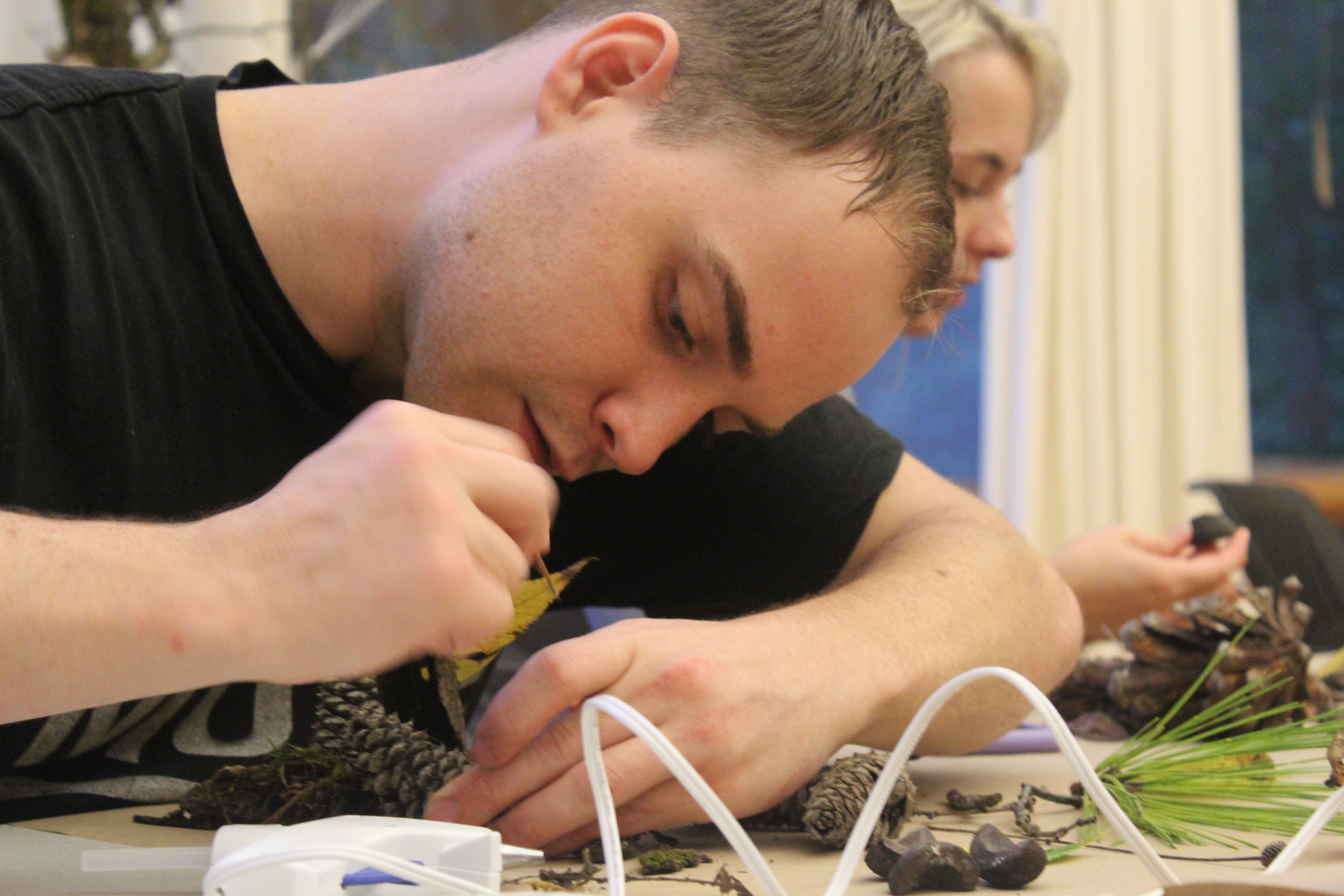
Kenyon Lair, a student from Birmingham who has been to Ruffner on several occasions, noted its impact on the city.
“It allows the community to have a place to go for recreation and nature conservation,” he said. “Having a location you can go to that is not urbanized is vital for an urban center.”
For another Birmingham-area student, Jameson Evans, the class trip was his first time visiting Ruffner.
“Normally, we don’t have places like this,” he said. “It gives people a chance to actually see what’s in the city besides buildings and apartments and things they see as society. … It shows that nature is really precious. It gives people time to unwind. Being around nature is really peaceful. … There’s beauty in nature.”
Free Public Programs
Christine Johnston, programs director, said Ruffner Mountain has free public programs where visitors can learn about ecology and nature. Those programs include EcoArts, Community Work Days, Guided Hikes and Citizen Science.
The EcoArts program dives into the connection between art and ecology, allowing participants to create art in their own way. This includes music and crafts of different sorts.
“People who are interested in art or nature can merge the two,” Johnston said. “It’s seeing how nature can translate to an art project.”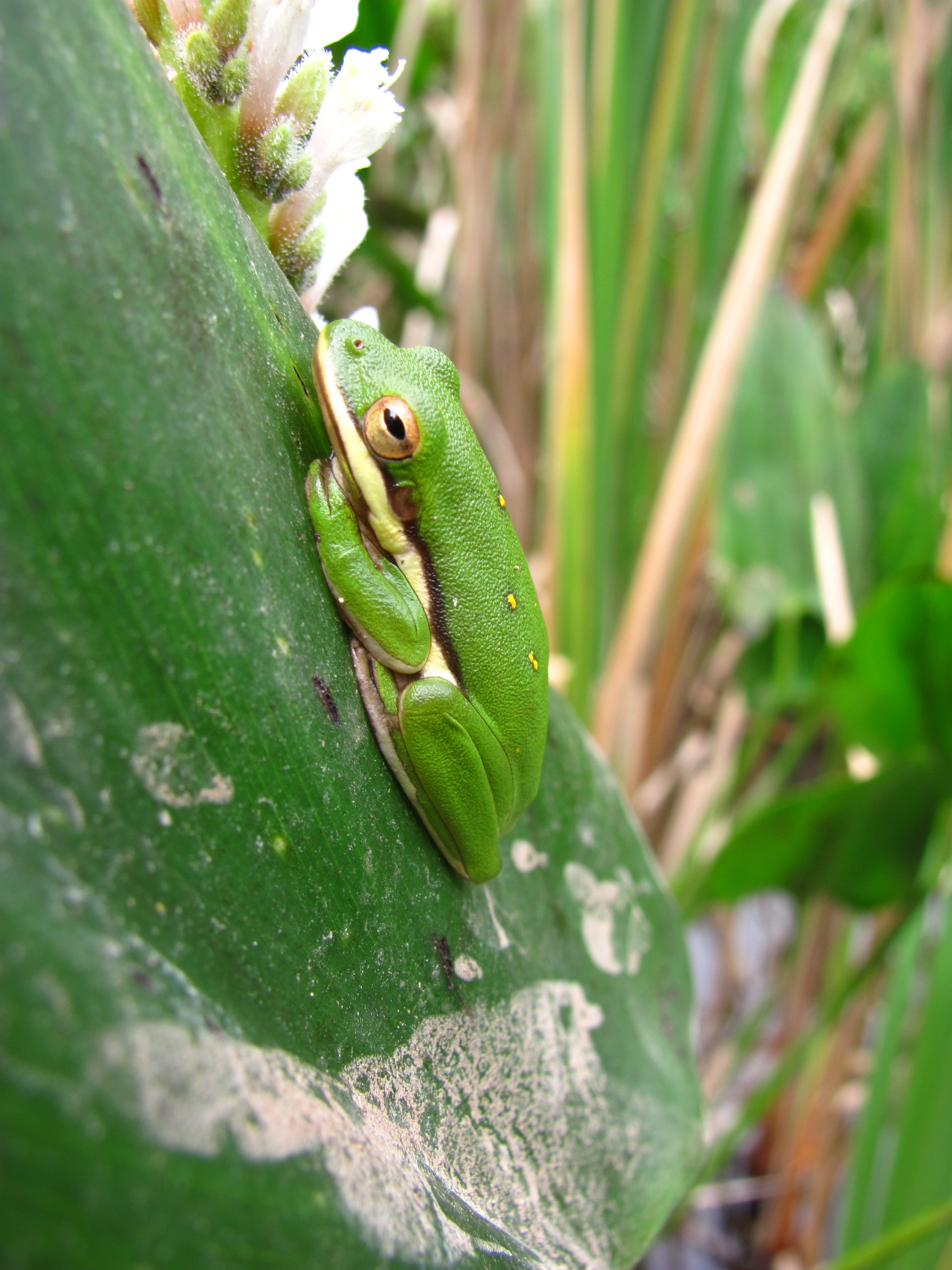
Recently, a Calligraphy in the Forest class was held, as part of EcoArts.
“It’s looking at nature and its patterns and structures, and how that translates to calligraphy and art,” she said.
The Community Work Days are events that bring citizens together through gardening.
Guided hikes are where participants can learn from an expert about the forest.
Citizen Science is training for community members and volunteers to be scientists of sorts, and record data on the mountain.
“We offer a program called Frog Watch, twice a year,” Johnston said. “And that’s where Citizen Science people can learn how to identify frogs based on their calls.”
Ruffner Mountain Nature Preserve. 1214 81st St S, Birmingham, AL 35206 (205) 833-8264 https://ruffnermountain.org/



